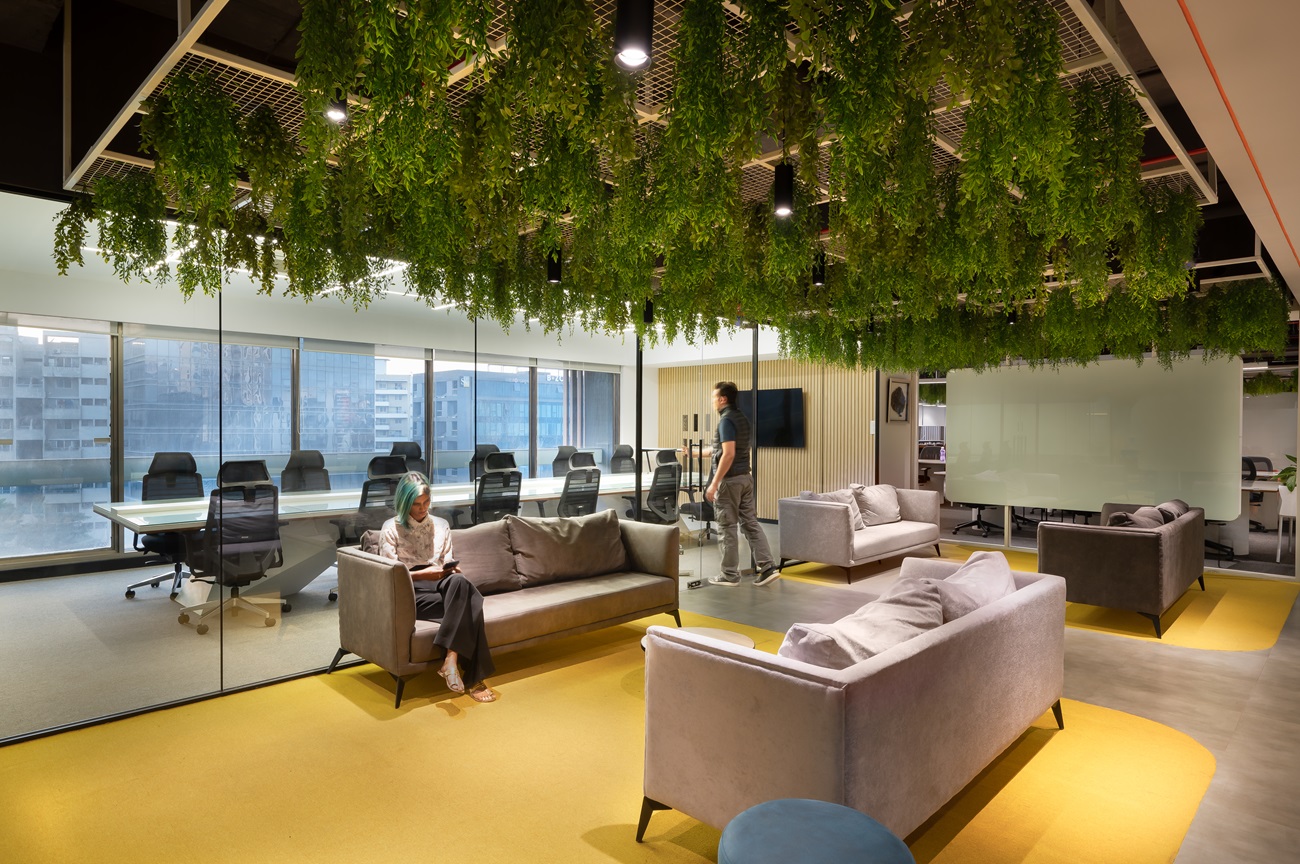Creating an inclusive and diverse office environment is more than just a trend—it’s a necessity in today’s world. A well-designed office space that caters to the needs of all employees can significantly impact their productivity, job satisfaction, and overall well-being. Let’s delve into how you can design your office space to be welcoming for everyone.
Understanding Diversity and Inclusion
Diversity and inclusion go hand in hand but are not the same. Diversity refers to the presence of differences within a given setting, encompassing race, gender, age, disability, sexual orientation, and other attributes. Conversely, inclusion is about fostering a setting in which every person feels respected, and valued, and has equal access to possibilities.
Key Principles of Inclusive Design
To create an office space that embraces diversity and inclusion, consider these key principles and commercial interior design trends:
- Accessibility: Ensure that your office is easily navigable for people with disabilities. In addition, this includes accessible restrooms, ramps, elevators, and wide doorways.
- Flexibility: Offer various types of workspaces to cater to different work styles and needs, such as quiet zones, collaborative areas, and private rooms.
- Comfort: Provide ergonomic furniture and adjustable lighting to accommodate different physical needs and preferences.
- Safety: Create a safe environment free from hazards, with clear emergency exits and procedures that everyone can understand and follow.
Creating a Welcoming Environment
A welcoming office environment fosters a sense of belonging and comfort. Here’s how you can achieve this:
Inclusive Design Elements
- Universal Design: Adopt principles of universal design that ensure that everyone uses the space, regardless of their abilities or age.
- Color and Lighting: Use a mix of colors that evoke a sense of calm and positivity. Ensure lighting is adjustable to cater to different visual needs and preferences.
- Signage and Wayfinding: Implement clear, multilingual signage to assist everyone in navigating the office easily. Use symbols and simple language for clarity.
Flexible Workspaces
- Variety of Spaces: Offer a range of workspaces to suit different tasks and preferences, from open-plan areas for collaboration to quiet zones for focused work.
- Remote Work Options: With the increasing trend towards remote work, ensure that your office technology supports seamless virtual collaboration.
- Breakout Areas: Create informal areas where employees can relax and recharge, fostering interaction and collaboration across diverse groups.
Gender-Inclusive Design
Creating a gender-inclusive office means considering the needs and comfort of all genders. Here are some key elements:
- Restroom Facilities: Provide gender-neutral restrooms alongside traditional ones to ensure everyone feels comfortable and safe.
- Privacy Options: Design spaces that offer privacy for everyone, including areas where nursing mothers can pump or breastfeed.
- Gender-Neutral Language: Use gender-neutral language in signage, communications, and documentation to make everyone feel included.
Age-Inclusive Design
An inclusive workplace design should cater to employees of all ages, from young professionals to older workers. Consider these strategies:
- Ergonomic Furniture: Provide adjustable furniture that can be customized to meet the ergonomic needs of different age groups.
- Quiet Spaces: Include quiet areas where older employees or those needing a break from the bustling office environment can work or rest.
- Technology Training: Offer training sessions for new technologies to ensure that all age groups can efficiently use the office’s digital tools.
Supporting Mental Health
Mental health is a critical aspect of overall well-being. Here are ways to design an office that supports mental health:
- Quiet Zones: Designate quiet zones where employees can retreat to de-stress and focus without interruptions.
- Natural Elements: Incorporate elements of nature, such as indoor plants, natural lighting, and water features, which have been shown to reduce stress and enhance mood.
- Open Communication: Create open and transparent communication channels where employees feel safe discussing their mental health needs.
Encouraging Inclusivity in Office Culture
Designing for diversity is not just about physical space—it also involves fostering an inclusive culture. Here are some new office interior design ideas and tips to cultivate such a culture:
- Training and Education: Regularly conduct training sessions on diversity and inclusion to raise awareness and educate employees on these important topics.
- Inclusive Policies: Implement policies that support diversity, such as flexible working hours, parental leave, and anti-discrimination policies.
- Employee Resource Groups: Encourage the formation of employee resource groups where people with similar backgrounds or interests can support each other and share experiences.
Studio AsA: Your Partner in Inclusive Design
When it comes to designing for diversity and inclusion, Studio AsA is at the forefront. Their approach is rooted in understanding the unique needs of each client and crafting environments that foster inclusivity and well-being. Let the experts help you transform your office into a space where everyone feels valued and empowered.
So, designing for diversity and inclusion is essential for creating an office environment that supports and celebrates all employees. By focusing on accessibility, flexibility, and well-being, you can cultivate a workplace that not only meets the needs of a diverse workforce but also drives productivity and innovation.
With the expertise of Studio AsA, the leading modern office interior design company, you can ensure that your office is a beacon of inclusivity and a model for others to follow.


YOUR COMMENT